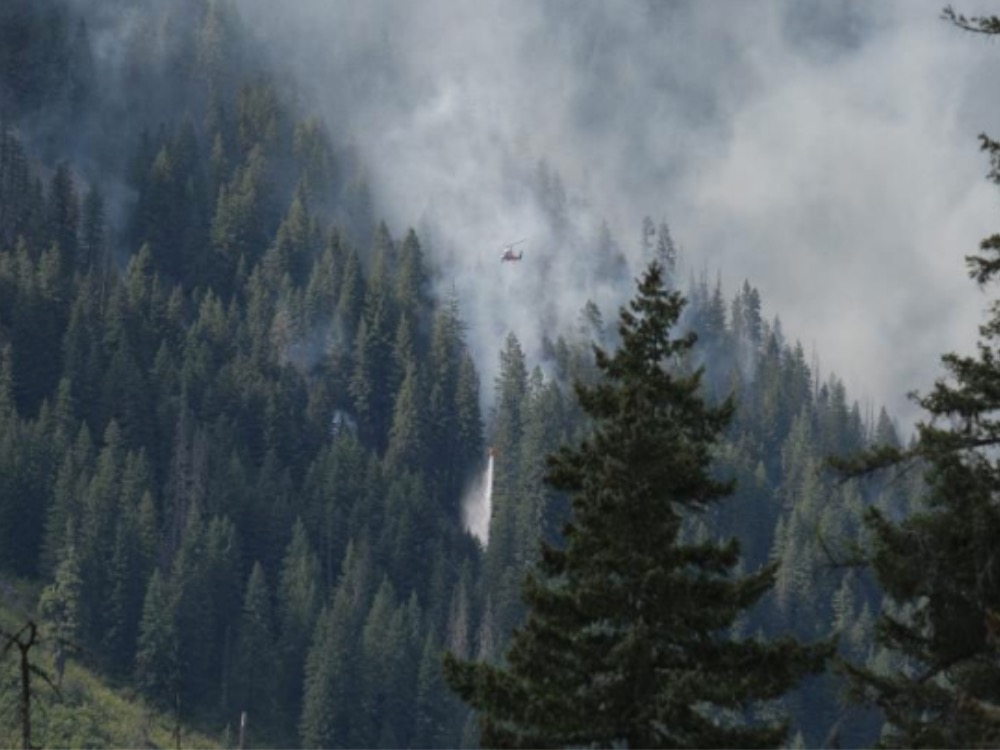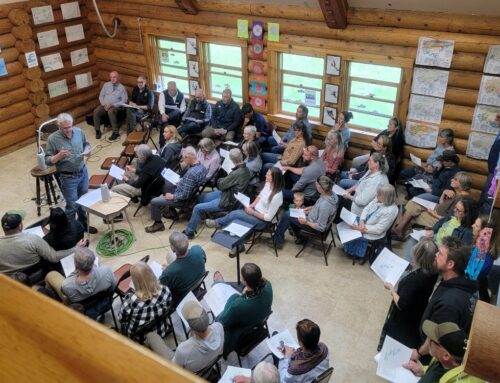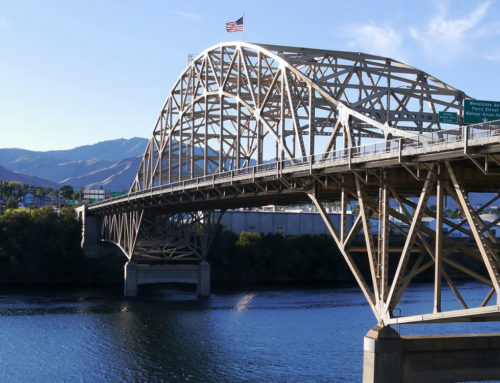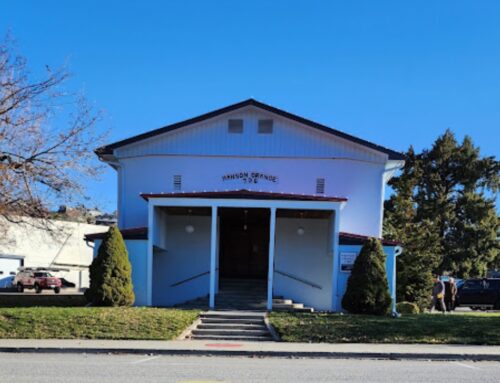Department of Ecology presents a week-long education and safety tips focus
information released, story by Evan Robinson, DNR file photo
Since wildfire season will be here soon, now is the perfect time to make sure you and those around you are prepared.
Getting #SmokeReady – the focus of this week – means identifying personal health risks, learning how to protect your indoor air, and knowing where to find the most up-to-date information about the location and intensity of wildfire smoke.
#SmokeReady themes
Over the course of #SmokeReady Week, Ecology will be posting on social media in line with daily themes:
Monday, June 10: Learn about smoke
- Wildfire smoke is a mixture of harmful gases (including carbon monoxide) and particle pollution (PM).
- PM2.5 (particles smaller than 2.5 micrometers across) is very dangerous to human health.
- PM2.5 can enter your lungs and bloodstream, causing and worsening numerous health problems.
Tuesday, June 11: Stay informed about smoke
- Keep an eye on air quality conditions with the following resources:
Wednesday, June 12: Smoke and your health
- Symptoms of smoke exposure include:
- Eye, nose, and throat irritation
- Coughing, sore throat, and phlegm
- Headaches
- Shortness of breath and asthma attacks
- Heart attacks
- People in a sensitive group are more likely to be affected, including:
- People with breathing or heart conditions
- Babies and children under 18
- People over 65
- Pregnant women
- People who smoke or have diabetes
- People in these groups should take extra care to avoid exposure to wildfire smoke when possible.
Thursday, June 13: Minimize exposure to smoke
- When air quality is poor, try to stay inside and:
- Shut windows and doors.
- Delay vacuuming, dusting, and lighting candles.
- Run fans to stay cool in the room you’re in.
- Use HEPA air filters to purify indoor air.
- Create a clean room.
- Build your own clean air fan.
- If you must go outside:
- Reduce physical activity.
- Wear a fitted N95 or KN95 mask. (Other kinds or masks don’t protect from PM2.5.)
- Set your car’s air conditioner to recirculate.
- Drink plenty of water.
Friday, June 14: Prevent smoke
- The increasingly hot and dry conditions caused by climate change mean more – and more intense – wildfires.
- That said, over 80% of wildland fires are started by humans.
- Be sure to:
- Fully extinguish campfires.
- Obey burn bans.
- Choose alternatives to burning, such as composting, bagging, or chipping yard waste.
- Fully extinguish cigarettes in an ashtray.
- Park hot vehicles on asphalt, not dry grass.
- Check your trailer chains to avoid sparks from dragging.
- Be sure to:
Check on current and future smoke conditions
In addition to Ecology’s website and social media pages, be sure to check the Washington Smoke Information blog – the state’s leading public resource for wildfire smoke information. You will find a map with near real-time Air Quality Index (AQI) values from air monitors and sensors across the state and nation. In addition to current air quality conditions, the map shows a smoke forecast for the next five days. It’s important to check the forecast regularly. Conditions can change very quickly!
Below the map, there are tabs for the latest smoke data, local smoke outlooks, and external resources. Among these are monitoring and forecasting, fire, and health impacts information. The Washington Department of Health’s information about smoke from fires is an excellent place to go if you have more questions about keeping yourself and your family safe and healthy this summer.
Act now!
In the days and weeks to come, take the time to look over these resources. Being prepared will reduce the stress when wildfire smoke arrives, so please share this information to help others get #SmokeReady, too!








